Growing bush beans in pots might sound intimidating, but trust me, it’s one of the most rewarding and accessible gardening projects you can undertake, even if you’re short on space! Imagine stepping outside your door and harvesting fresh, crisp beans for dinner – a taste of summer right at your fingertips. For centuries, beans have been a staple crop in cultures worldwide, providing essential nutrients and a connection to the land. From ancient civilizations to modern-day urban dwellers, the desire to cultivate our own food remains strong.
But let’s face it, not everyone has a sprawling backyard suitable for traditional gardening. That’s where the magic of container gardening comes in! Growing bush beans in pots allows you to enjoy the satisfaction of homegrown produce, regardless of your living situation. This DIY guide will equip you with simple, effective tricks and hacks to ensure a bountiful harvest. I’ll walk you through everything from choosing the right pot and soil to providing optimal sunlight and watering techniques. Say goodbye to expensive, store-bought beans and hello to a thriving, delicious garden right on your patio or balcony!
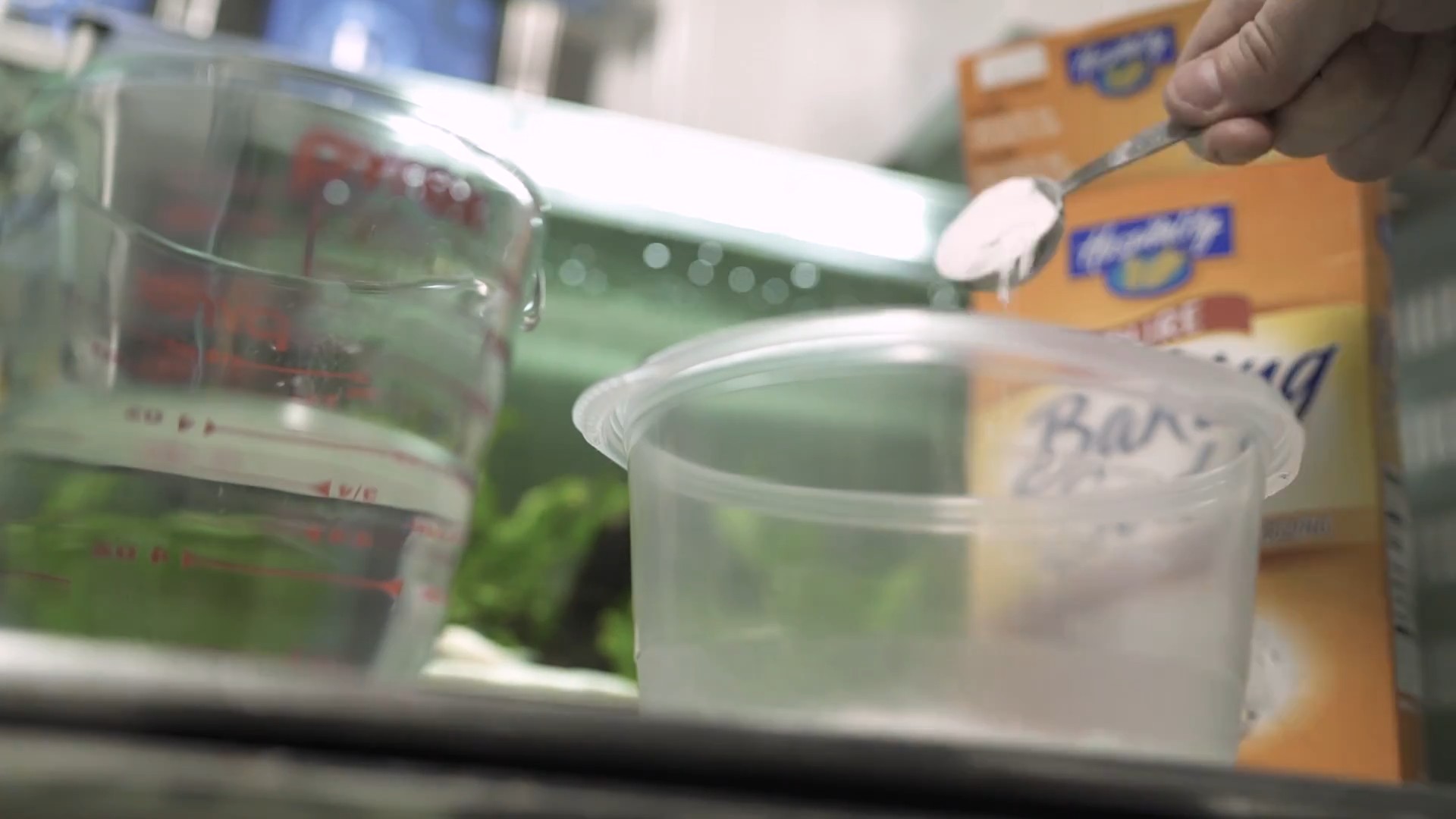
Growing Bush Beans in Pots: A Complete DIY Guide
Hey there, fellow gardening enthusiasts! I’m so excited to share my tried-and-true method for growing bush beans in pots. It’s a fantastic way to enjoy fresh, homegrown beans even if you don’t have a sprawling garden. Trust me, with a little know-how, you can have a bountiful harvest right on your balcony, patio, or even a sunny windowsill!
Choosing the Right Bush Bean Variety
First things first, let’s talk about bean varieties. Not all beans are created equal, especially when it comes to container gardening. We’re looking for *bush* beans, not pole beans. Pole beans are climbers and need a trellis, which isn’t ideal for pots. Bush beans, on the other hand, stay compact and bushy, making them perfect for containers.
Here are some of my favorite bush bean varieties that thrive in pots:
* Blue Lake Bush: A classic choice, known for its excellent flavor and high yields.
* Contender: An early producer, great if you’re impatient like me! It’s also very heat-tolerant.
* Provider: Another reliable variety that’s disease-resistant and produces abundant crops.
* Derby: A stringless variety with a delicious, mild flavor.
* Royal Burgundy: These beans are a beautiful purple color and turn green when cooked. They add a pop of color to your garden and your plate!
Gathering Your Supplies
Okay, now that we’ve picked our bean variety, let’s gather our supplies. Here’s what you’ll need:
* Pots: Choose pots that are at least 12 inches in diameter and 12 inches deep. Bush beans need room for their roots to grow. I prefer using fabric pots because they allow for better drainage and aeration, but plastic or terracotta pots will also work.
* Potting Mix: This is crucial! Don’t use garden soil in your pots. It’s too heavy and doesn’t drain well. Instead, opt for a high-quality potting mix that’s specifically formulated for containers. I like to use a mix that contains peat moss, perlite, and vermiculite.
* Bean Seeds: Of course! Make sure you’re using fresh, viable seeds. You can buy them online or at your local garden center.
* Watering Can or Hose: You’ll need a way to water your beans regularly.
* Fertilizer: A balanced, water-soluble fertilizer will help your beans thrive. Look for one with an NPK ratio of 10-10-10 or something similar.
* Optional:
* Seed Starting Tray: If you want to get a head start, you can start your beans indoors in a seed starting tray.
* Plant Markers: To keep track of which variety you planted in each pot.
* Mulch: To help retain moisture and suppress weeds.
Planting Your Bush Beans
Alright, let’s get our hands dirty! Here’s how to plant your bush beans in pots:
1. Prepare Your Pots: Fill your pots with potting mix, leaving about an inch or two of space at the top. Gently pat down the soil.
2. Sow the Seeds: Make small holes about 1 inch deep and 2-3 inches apart. Place 2-3 bean seeds in each hole. Planting multiple seeds ensures that at least one will germinate.
3. Cover the Seeds: Gently cover the seeds with potting mix and lightly water the soil.
4. Water Thoroughly: Water the pots thoroughly until the water drains out of the bottom. This will help settle the soil and ensure that the seeds have enough moisture to germinate.
5. Place in a Sunny Location: Bush beans need at least 6-8 hours of sunlight per day. Place your pots in a sunny spot where they’ll get plenty of light.
6. Keep the Soil Moist: Keep the soil consistently moist, but not soggy. Water when the top inch of soil feels dry to the touch.
Caring for Your Bush Beans
Now that your beans are planted, it’s time to give them some TLC. Here’s how to care for your bush beans:
1. Watering: Water your beans regularly, especially during hot, dry weather. Check the soil moisture daily and water when the top inch feels dry. Avoid overwatering, as this can lead to root rot.
2. Fertilizing: Fertilize your beans every 2-3 weeks with a balanced, water-soluble fertilizer. Follow the instructions on the fertilizer package.
3. Weeding: Keep your pots free of weeds. Weeds compete with your beans for nutrients and water.
4. Pest Control: Keep an eye out for pests like aphids, bean beetles, and spider mites. If you spot any pests, you can try spraying them with insecticidal soap or neem oil. I prefer organic solutions whenever possible.
5. Support (Optional): While bush beans are generally self-supporting, you may want to provide some support if they start to get top-heavy. You can use small stakes or a tomato cage to help keep them upright.
Harvesting Your Bush Beans
The best part! Harvesting your homegrown beans is so rewarding. Here’s how to know when your beans are ready to harvest:
1. Timing: Bush beans are typically ready to harvest about 50-60 days after planting. Check the seed packet for specific information on your variety.
2. Appearance: The beans should be firm, plump, and brightly colored. They should also snap easily when bent.
3. Size: The size of the beans will vary depending on the variety. Check the seed packet for the expected size.
4. Harvesting Technique: Gently snap the beans off the plant, being careful not to damage the stems. Harvest regularly to encourage continued production.
5. Enjoy! Enjoy your fresh, homegrown bush beans in salads, stir-fries, soups, or as a side dish. They’re also great for freezing or canning.
Troubleshooting
Even with the best care, you might encounter some problems while growing bush beans. Here are some common issues and how to address them:
* Yellowing Leaves: This could be a sign of overwatering, underwatering, or nutrient deficiency. Check the soil moisture and adjust your watering accordingly. Fertilize your beans with a balanced fertilizer.
* Lack of Flowers: This could be due to insufficient sunlight, high temperatures, or poor soil. Make sure your beans are getting enough sunlight and that the soil is well-draining.
* Pests: As mentioned earlier, keep an eye out for pests and treat them promptly with insecticidal soap or neem oil.
* Disease: Bush beans can be susceptible to diseases like powdery mildew and bean rust. To prevent disease, make sure your plants have good air circulation and avoid overhead watering. If you spot any signs of disease, remove the affected leaves and treat the plants with a fungicide.
Tips for a Bountiful Harvest
Here are a few extra tips to help you maximize your bush bean harvest:
* Succession Planting: Plant a new batch of beans every 2-3 weeks to extend your harvest season.
* Soak Seeds Before Planting: Soaking your bean seeds in water for 24 hours before planting can help improve germination rates.
* Mulch: Apply a layer of mulch around your bean plants to help retain moisture, suppress weeds, and regulate soil temperature.
* Companion Planting: Plant your bush beans with companion plants like carrots, cucumbers, and marigolds. These plants can help deter pests and improve the overall health of your beans.
* Pick Regularly: The more you pick, the more they produce! Don’t let your beans get too large or tough.
Section: Starting Seeds Indoors (Optional)
If you live in an area with a short growing season, or if you just want to get a head start, you can start your bush bean seeds indoors. Here’s how:
1. Prepare Your Seed Starting Tray: Fill a seed starting tray with seed starting mix.
2. Sow the Seeds: Make small holes about 1 inch deep and 2-3 inches apart. Place 1-2 bean seeds in each hole.
3. Cover the Seeds: Gently cover the seeds with seed starting mix and lightly water the soil.
4. Provide Light and Warmth: Place the seed starting tray in a warm, sunny location or under grow lights. Keep the soil consistently moist.
5. Transplant Seedlings: Once the seedlings have developed a few sets of true leaves, you can transplant them into your pots. Harden them off by gradually exposing them to outdoor conditions for a week before transplanting.
Section: Choosing the Right Potting Mix
I can’t stress enough
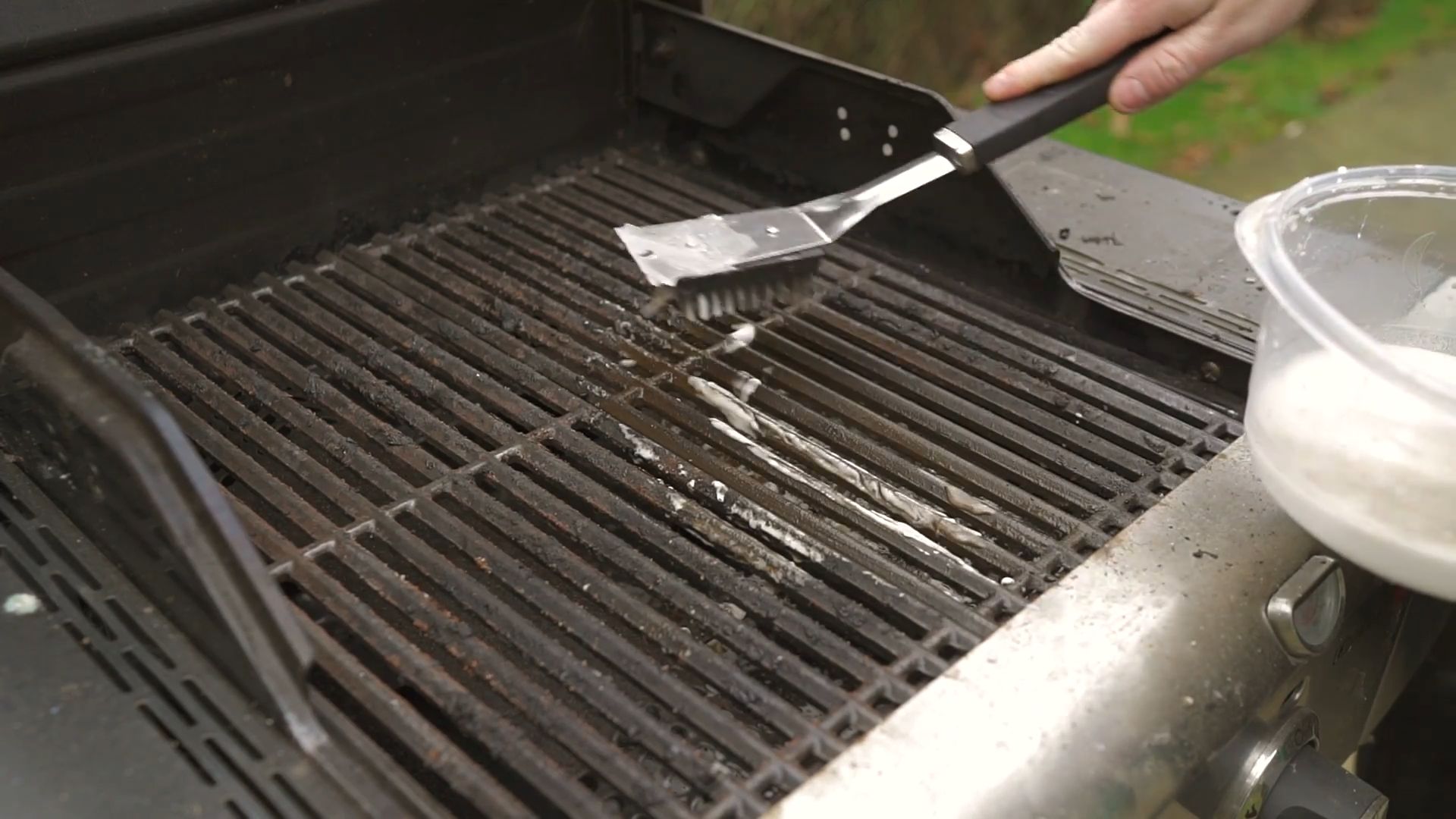
Conclusion
So, there you have it! Growing bush beans in pots is not only achievable but also incredibly rewarding. This DIY trick transforms even the smallest balcony or patio into a thriving vegetable garden. Forget those expensive, store-bought beans that lack the vibrant flavor of homegrown produce. With just a few simple steps, you can enjoy a continuous harvest of fresh, crisp bush beans right outside your door.
Why is this a must-try? Because it democratizes gardening. You don’t need acres of land or years of experience to cultivate your own food. Growing bush beans in pots is accessible to everyone, regardless of their living situation or gardening expertise. It’s a fantastic way to connect with nature, reduce your carbon footprint, and savor the unparalleled taste of freshly picked vegetables. Plus, it’s a fun and educational activity for the whole family!
But the beauty of this DIY project lies in its adaptability. Feel free to experiment with different varieties of bush beans. Consider trying ‘Blue Lake Bush’, known for its exceptional flavor and disease resistance, or ‘Contender’, a reliable and early-producing variety. You can also explore companion planting by adding herbs like basil or marigolds to your pots. These not only enhance the flavor of your beans but also help deter pests naturally.
Another variation to consider is vertical gardening. If you’re truly limited on space, you can train your bush beans to climb a small trellis or support structure within the pot. This maximizes your yield and adds a visually appealing element to your container garden. Just be sure to choose a sturdy trellis that can support the weight of the mature plants.
Don’t be intimidated by the thought of gardening. Growing bush beans in pots is a forgiving and enjoyable process. The key is to provide your plants with the right conditions: plenty of sunlight, well-draining soil, and consistent watering. With a little bit of care and attention, you’ll be amazed at the abundance of beans you can harvest from a single pot.
We wholeheartedly encourage you to give this DIY trick a try. It’s a simple, affordable, and incredibly satisfying way to grow your own food. And once you’ve experienced the joy of harvesting your own bush beans, you’ll never look at store-bought beans the same way again.
But don’t just take our word for it! We want to hear about your experiences. Share your photos, tips, and stories in the comments below. Let’s create a community of container gardeners who are passionate about growing their own fresh, delicious bush beans. What varieties did you try? What challenges did you face? What successes did you celebrate? Your insights can help inspire and encourage others to embark on their own gardening journey. So, grab your pots, soil, and seeds, and get ready to experience the magic of growing bush beans in pots! Happy gardening!
Frequently Asked Questions (FAQ)
What size pot is best for growing bush beans?
The ideal pot size for growing bush beans is at least 12 inches in diameter and 12 inches deep. This provides enough space for the roots to develop properly and allows for adequate drainage. You can use larger pots if you prefer, but avoid using pots that are too small, as this can stunt the growth of your plants. A five-gallon bucket works exceptionally well.
How many bush bean plants can I grow in one pot?
A good rule of thumb is to plant 3-4 bush bean plants per 12-inch pot. Avoid overcrowding the pot, as this can lead to competition for resources and reduce your overall yield. If you’re using a larger pot, you can increase the number of plants accordingly, but be sure to space them out evenly.
What type of soil should I use for growing bush beans in pots?
Use a well-draining potting mix specifically formulated for containers. Avoid using garden soil, as it can become compacted in pots and hinder drainage. A good potting mix will provide the necessary nutrients and aeration for healthy root growth. You can also amend your potting mix with compost or other organic matter to improve its fertility.
How often should I water my bush bean plants?
Bush beans need consistent moisture, especially during hot weather. Water your plants deeply whenever the top inch of soil feels dry to the touch. Avoid overwatering, as this can lead to root rot. Check the soil moisture regularly and adjust your watering schedule accordingly. Container plants tend to dry out faster than plants in the ground, so you may need to water them more frequently.
How much sunlight do bush beans need?
Bush beans require at least 6-8 hours of direct sunlight per day. Choose a location for your pots that receives plenty of sunlight throughout the day. If you live in a particularly hot climate, you may need to provide some afternoon shade to prevent the plants from overheating.
Do I need to fertilize my bush bean plants?
Yes, bush beans benefit from regular fertilization. Use a balanced fertilizer (e.g., 10-10-10) or a fertilizer specifically formulated for vegetables. Follow the instructions on the fertilizer package for application rates and frequency. You can also use organic fertilizers, such as compost tea or fish emulsion. Fertilize your plants every 2-3 weeks during the growing season.
What are some common pests and diseases that affect bush beans?
Common pests that affect bush beans include aphids, bean beetles, and spider mites. Diseases include powdery mildew, bean rust, and anthracnose. Inspect your plants regularly for signs of pests or diseases. Treat infestations or infections promptly with appropriate insecticides or fungicides. You can also use organic pest control methods, such as neem oil or insecticidal soap. Good air circulation and proper watering can help prevent many diseases.
When can I harvest my bush beans?
Bush beans are typically ready to harvest about 50-60 days after planting. The pods should be firm, plump, and easily snap off the plant. Harvest your beans regularly to encourage continued production. Overripe beans will become tough and stringy.
Can I grow bush beans indoors?
While it’s possible to grow bush beans indoors, it can be challenging to provide them with the necessary sunlight and growing conditions. If you want to try growing them indoors, you’ll need to use grow lights to supplement natural sunlight. Choose a sunny window and provide your plants with plenty of light, warmth, and humidity.
What are some good companion plants for bush beans?
Good companion plants for bush beans include basil, marigolds, carrots, cucumbers, and rosemary. These plants can help deter pests, improve soil health, and enhance the flavor of your beans. Avoid planting bush beans near onions or garlic, as these plants can inhibit their growth.
Can I save seeds from my bush beans?
Yes, you can save seeds from your bush beans, but only if you’re growing heirloom varieties. Hybrid varieties will not produce true-to-type seeds. To save seeds, allow some of the pods to dry completely on the plant. Once the pods are dry and brittle, shell the beans and store them in an airtight container in a cool, dry place.
How do I prevent my bush bean plants from falling over in the pot?
Bush bean plants can sometimes become top-heavy and fall over, especially when they are loaded with beans. To prevent this, you can provide them with support by using stakes or a small trellis. Insert the stakes or trellis into the pot when you plant the beans, and tie the plants to the support as they grow.
What if my bush bean plants are not producing beans?
There are several reasons why your bush bean plants may not be producing beans. Common causes include lack of sunlight, poor soil fertility, insufficient watering, and extreme temperatures. Make sure your plants are getting enough sunlight, water, and nutrients. You can also try hand-pollinating the flowers to ensure that they are properly fertilized.
How long will my bush bean plants produce beans?
Bush bean plants typically produce beans for about 2-3 weeks. After that, the plants will start to decline. To extend the harvest season, you can succession plant bush beans every 2-3 weeks. This will ensure that you have a continuous supply of fresh beans throughout the summer.

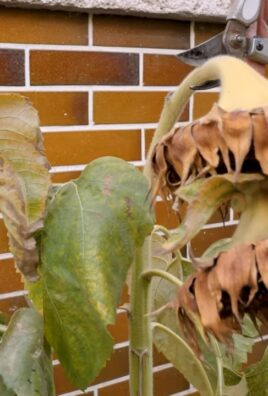
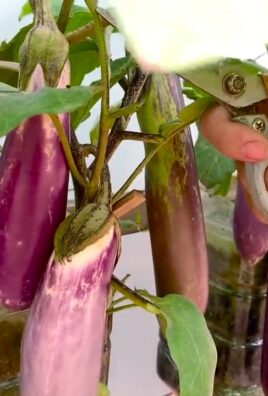
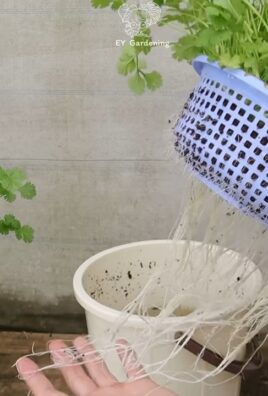
Leave a Comment